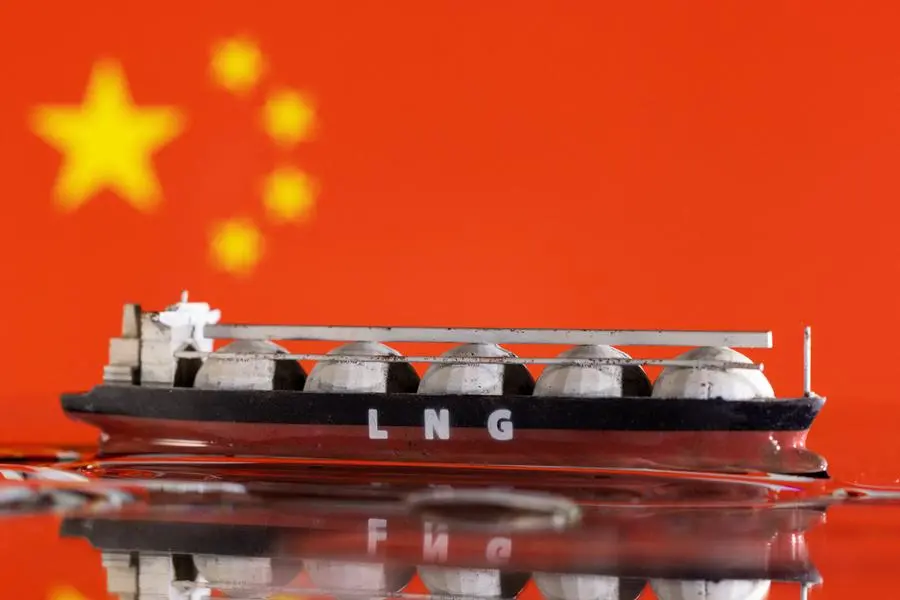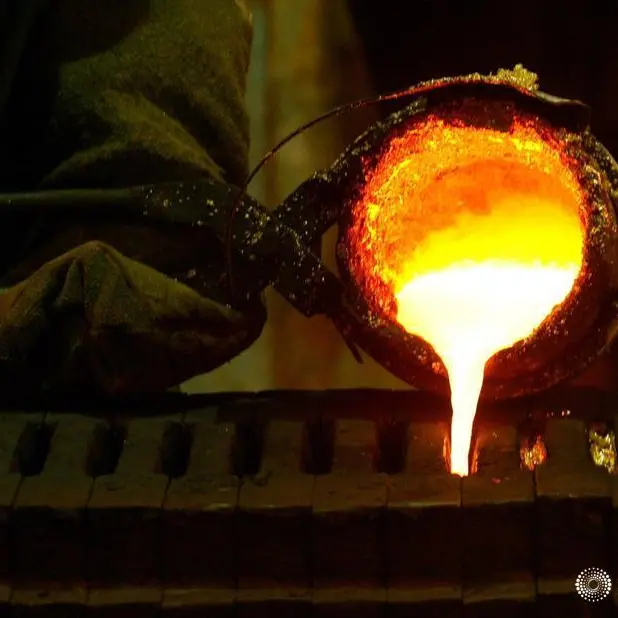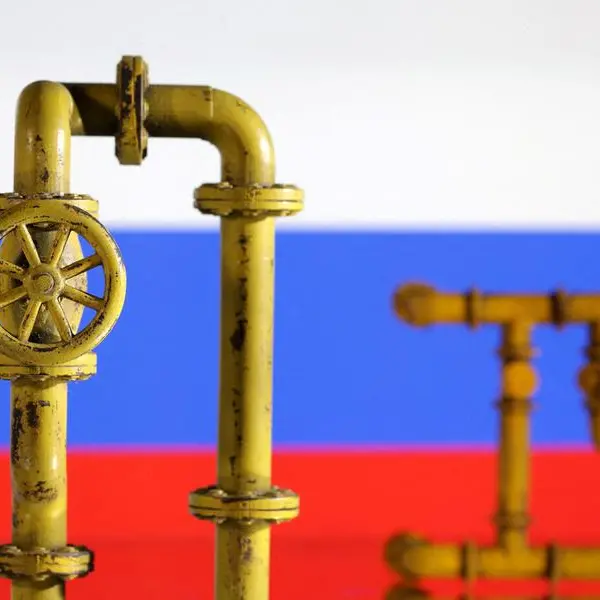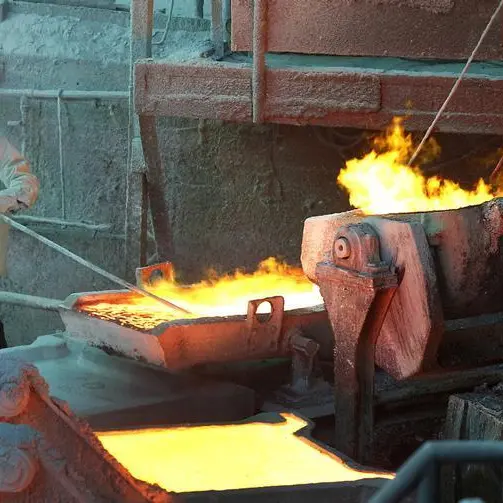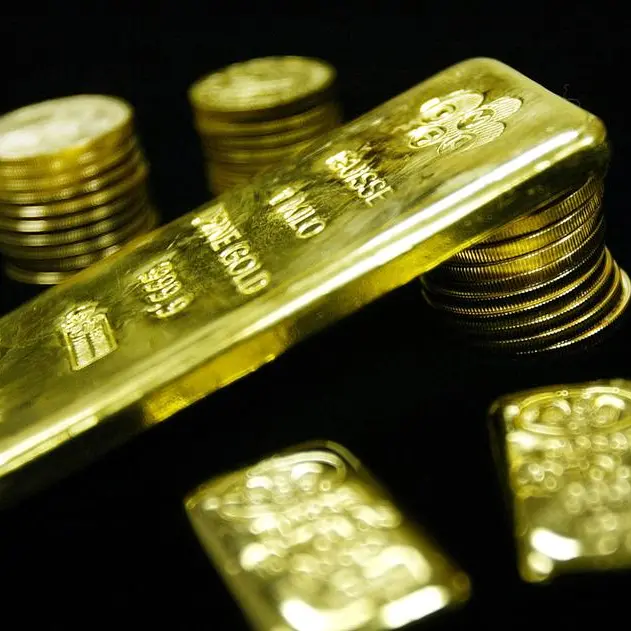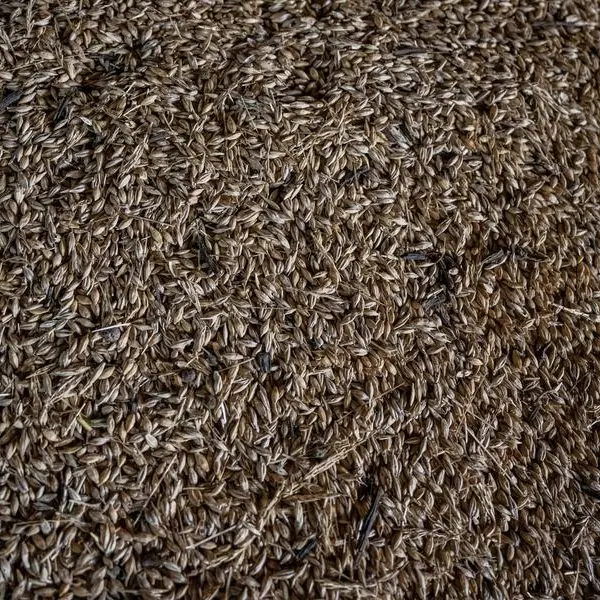PHOTO
China's imports of liquefied natural gas (LNG) are on track to post their first major decline this year, as high prices and weak manufacturing due to COVID-19 lockdowns crimp demand for the super-chilled fuel.
China became the world's top LNG buyer last year but surrendered the top spot back to Japan in the first four months of 2022 as imports sank 18% from a year earlier, Refinitiv data shows.
Gas use has fallen further this month as a COVID resurgence caused extended lockdowns across several manufacturing hubs, portending a potentially steep drop for the year, industry sources told Reuters.
Even for shipments arriving in July, industrial consumers are not placing orders, a Chinese trader said.
LNG imports will likely fall as much as 19% this year - by 1 to 15 million tonnes - in what would be the first sizeable drop since China began importing the gas in 2006, according to forecasts by S&P Global Commodity Insights, Wood Mackenzie and SIA Energy.
China's only full-year fall in LNG imports was a 1% decline in 2015.
'BUSINESS IS TERRIBLE'
Li Ruipeng, a gas retailer in the northern industrial city of Tangshan, said his clients - gas refuelling stations, steel mills and zinc-coating plants - are buying half the volume of a year ago.
"Business is terrible," said Li, who owns a 10-trailer fleet to distribute the fuel. Factories have been running "severely below capacity for nearly half a year", as companies reduced output during environmental checks by the authorities and for pollution curbs around February's Beijing Olympics, followed by the COVID lockdowns, Li said.
"High prices are another killer as many of my clients can't possibly pass on the cost when their business orders shrink."
While China's natural gas supply is up and demand is down, global prices remain high, given global inflation, especially for fuels, Russia's invasion of Ukraine and other uncertainties.
China has been a major driver of LNG demand since 2017 as Beijing orchestrated an aggressive switch from coal to gas to cut pollution.
But as the world's second-biggest economy struggles, the authorities have focussed on securing supply and curbing costs, which helps cheaper coal versus cleaner gas, said Lu Xiao, analyst at S&P Global Commodity Insights. Lu forecasts demand will rise just 4% this year, the slowest since 2015.
China is unlikely to suffer power shortages as it did last year, analysts say, with coal output high and hydropower generation surging, even if industrial activity rebounds once COVID restrictions are eased.
PRICES DOWN, STILL HIGH
LNG inventories are rising at key Chinese receiving terminals, with stocks averaging 65% of capacity this week, down from 50% a year ago, said Chinese commodities consultancy JLC.
But while spot LNG prices in Asia are down by nearly half since December, they remain twice China's state-regulated wholesale natural gas rates. So dominant state importers like Sinopec and PetroChina are expected to minimise spot purchases and rely more on slightly cheaper longer-term deals to pare back losses, traders said.
Importers have lined up 10 to 14 million tonnes more under mid- or long-term contracts for this year that are benchmarked over oil prices or U.S. Henry Hub futures, both cheaper than the spot LNG market, analysts and traders say.
China is slated to boost imports of Russian gas through the Power of Siberia pipeline by 50%, or 5 billion cubic meters, this year, aiming for full capacity of 38 billion cubic meters by 2025.
Domestic natural gas production is also up 6.2% in the first four months.
The softer Chinese demand for LNG is freeing up supplies for major buyers in Europe, urgently trying to wean themselves off Russian supplies following tough Western sanctions over the Ukraine invasion.
"The fact that the Chinese juggernaut is not there... meant the situation has been less tense than they otherwise would have been," said Michael Stoppard, global gas strategy lead at S&P Global Commodity Insights. "In terms of balancing the market, it was a very convenient factor."
(Reporting by Chen Aizhu; Additional reporting by Florence Tan and Joyce Lee; Editing by William Mallard)
